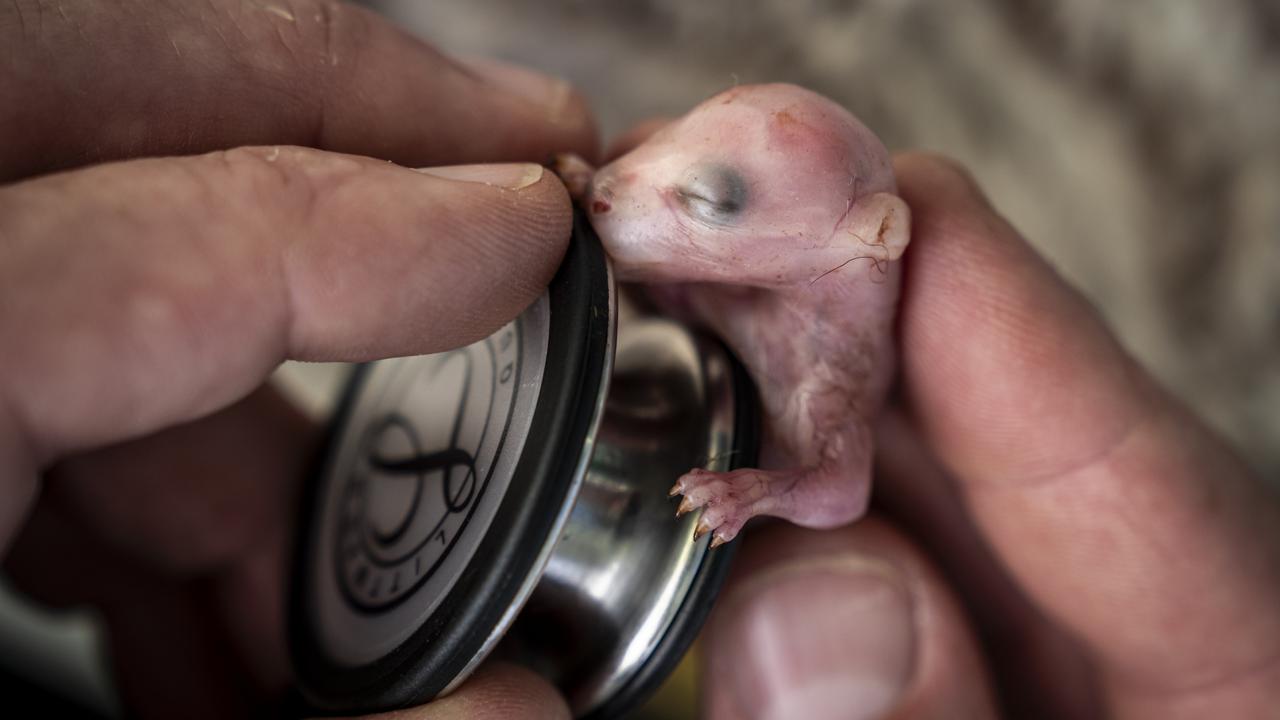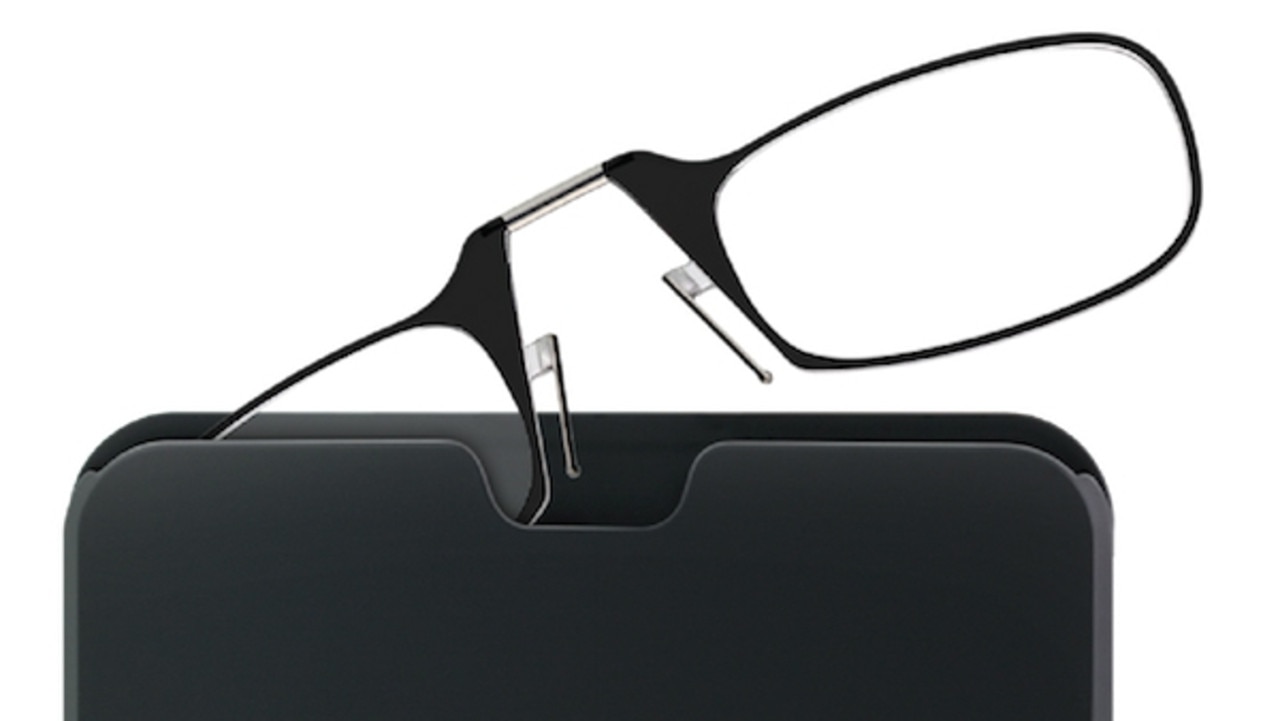Renovators’ delight: Maroubra, Sydney
From an ugly duckling to this…
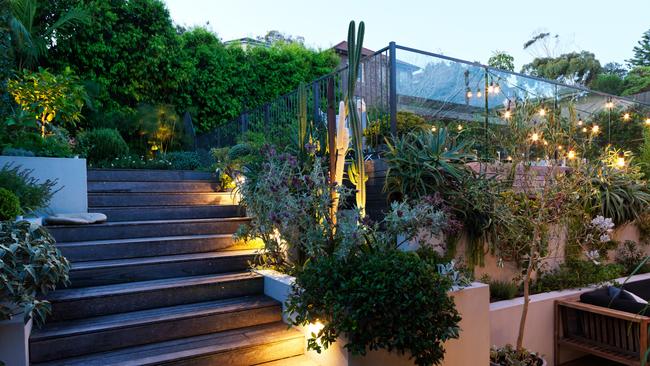
Nicola Cameron and James Perkin know better than most how a great garden can transform a house. It’s what they do for a living. But the ugly duckling property they bought in Sydney’s Maroubra presented more challenges than usual as they worked to turn it into the family home they wanted.
“Gardens are often tacked on at the end of a renovation, just as money is running out,” says Cameron. “We knew how essential the garden would be to the success of our own project, and factored this in to the budget from the beginning.” The garden budget equated to half that of the house renovation, which included a second-storey addition.
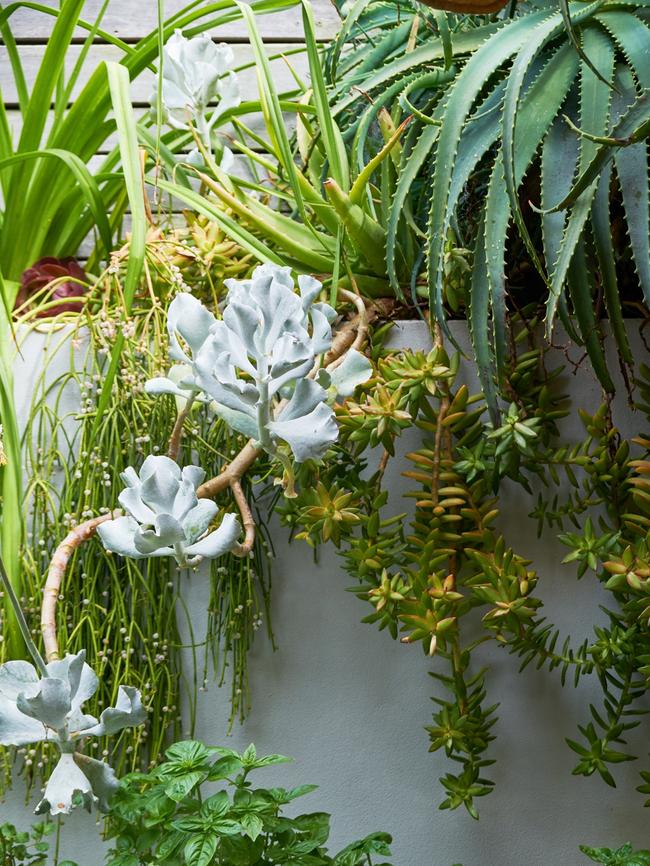
Cameron and Perkin, director and construction manager respectively of Pepo Botanic Design, bought the “fixer upper” on a long, sloping block (43m x 12.5m) with no rear access and little in the way of garden. A 1980s concrete pool perched near the top of the block lacked both privacy and connection to the home, but it was a feature the couple wanted to keep, given the cost of installing a new pool. Excavation work to create three level terraces in the sloping back garden occurred in tandem with the house renovation, but even these experienced designers underestimated the amount of material that needed to be removed – it turned out to be 25 tonnes.
With no machinery access, everything had to be moved by hand, so they used whatever material they could on site, such as the rocks used in the gabion basket retaining walls on the rear boundary.
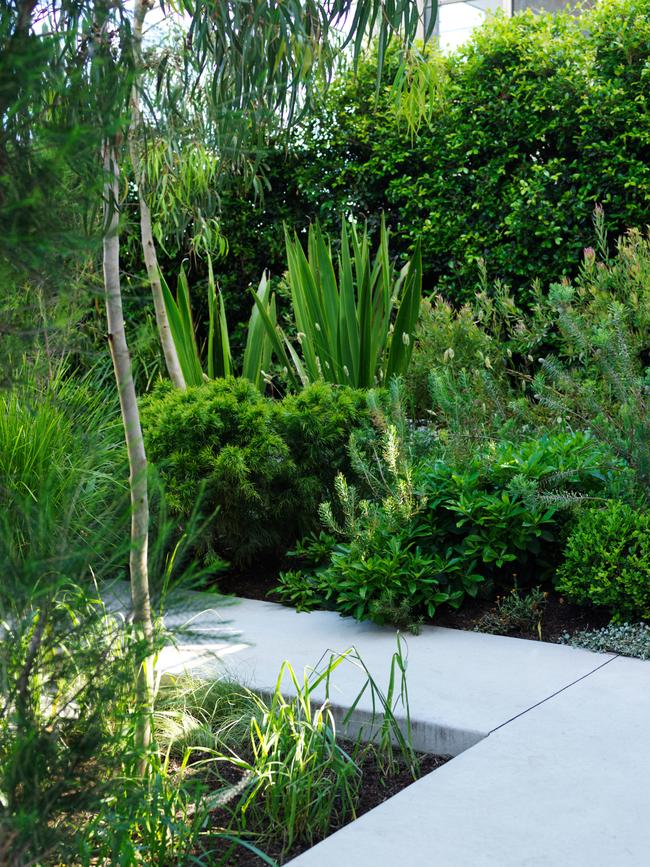
A large timber deck now merges indoor and outdoor entertaining areas with fully opening, sliding glass doors. At the rear, two levels of planter boxes, filled with what Cameron calls “a botanical mix of craziness”, soften a tall retaining wall between the deck and the pool and lawn level above. Succulents, salvias and herbs jostle in happy disorder. To one side, an evergreen Magnolia x alba tree provides shade and richly perfumed flowers that Cameron likes to add to mint tea.
A slightly higher deck to one side houses an outdoor shower; timber decking also wraps around the pool and forms the stairs. Timber was chosen to keep the budget down and also to allow rainwater to fall naturally on the site. Along the rear boundary, weeping lillypilly (Waterhousea floribunda) provides a tall, screening hedge that is fast and tough yet lush and green.
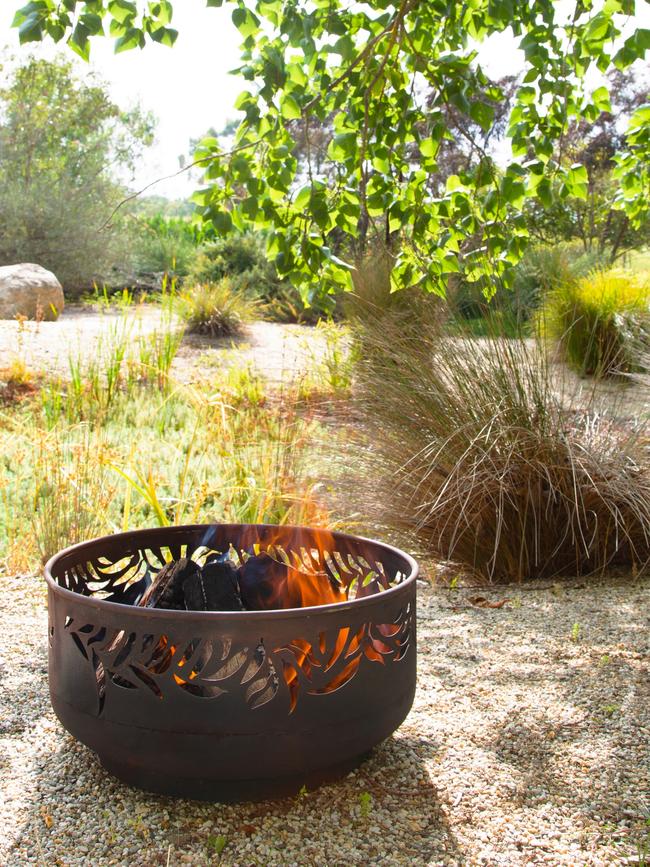
In the front garden, Cameron wanted to have a strong sense of connection to the beach location, so she used sweeps of grasses and mostly native plants such as tuckeroo (Cupaniopsis anacardioides) and Melaleuca linariifolia that are salt- and wind-resistant. Larger-leafed species are used along the perimeters, with smaller-leafed species chosen for the interior beds. The pared-back design features an entry path that wraps around a dwarf lemon-scented gum (Corymbia ‘Scentuous’), which will be a focal point when fully grown.
The project, which took about six months, has already given the couple two years of pleasure. “The Covid time made people realise that having a garden to connect with is such a gift for your wellbeing,” Cameron says. “Gardens are such a beautiful escape.”
Q&A
How can I get rid of the kikuyu infiltrating my buffalo lawn? It’s hard to pick out and seems to grow back.Wilson Oh, by email
Kikuyu is an aggressive grass with deep, strong roots – it needs a robust weeding tool, and persistence, to dig out runners. Most brands of selective herbicide to kill winter grass state on the label that they cannot be used on kikuyu but are safe for buffalo grass.
How do I properly prune our two may bushes? They grow so well I have to prune twice some years, and this seems to limit the flower show.Gary Wilson, Highfields, Qld
Spiraea cantoniensis is a large shrub that needs plenty of space for its graceful, arching stems. It flowers profusely in spring on one-year-old growth, so pruning should occur straight after flowering. Later prunings will reduce flowering the next year. You can prune them hard and also remove the oldest canes at the base to thin them out.
I need to transplant some five-year-old banksias, grevilleas and eucalypts but with Perth’s poor, sandy soil I can’t keep the rootball intact. Any tricks or tips? Craig Gumley, Perth
Most natives do not transplant well unless they’re very small. Kangaroo paws are an exception – they can be dug and divided. If you must try, reduce the foliage by half and move them now; autumn was the ideal time. Ensure the soil is moist. Try wrapping some hessian around the rootball before lifting them out. Regular Seasol may help new root growth and combat stress. Do not apply any fertiliser until new growth is strong.
Send your questions to: helenyoungtwig@gmail.com or Helen Young, PO Box 3098, Willoughby North, NSW 2068. Website: helenyoung.com.au. The reader with the best question for July wins Glow’s Ironbark Fire Pit made of weathering steel, worth $139, from glowheating.com.au


